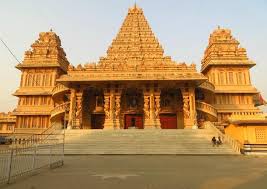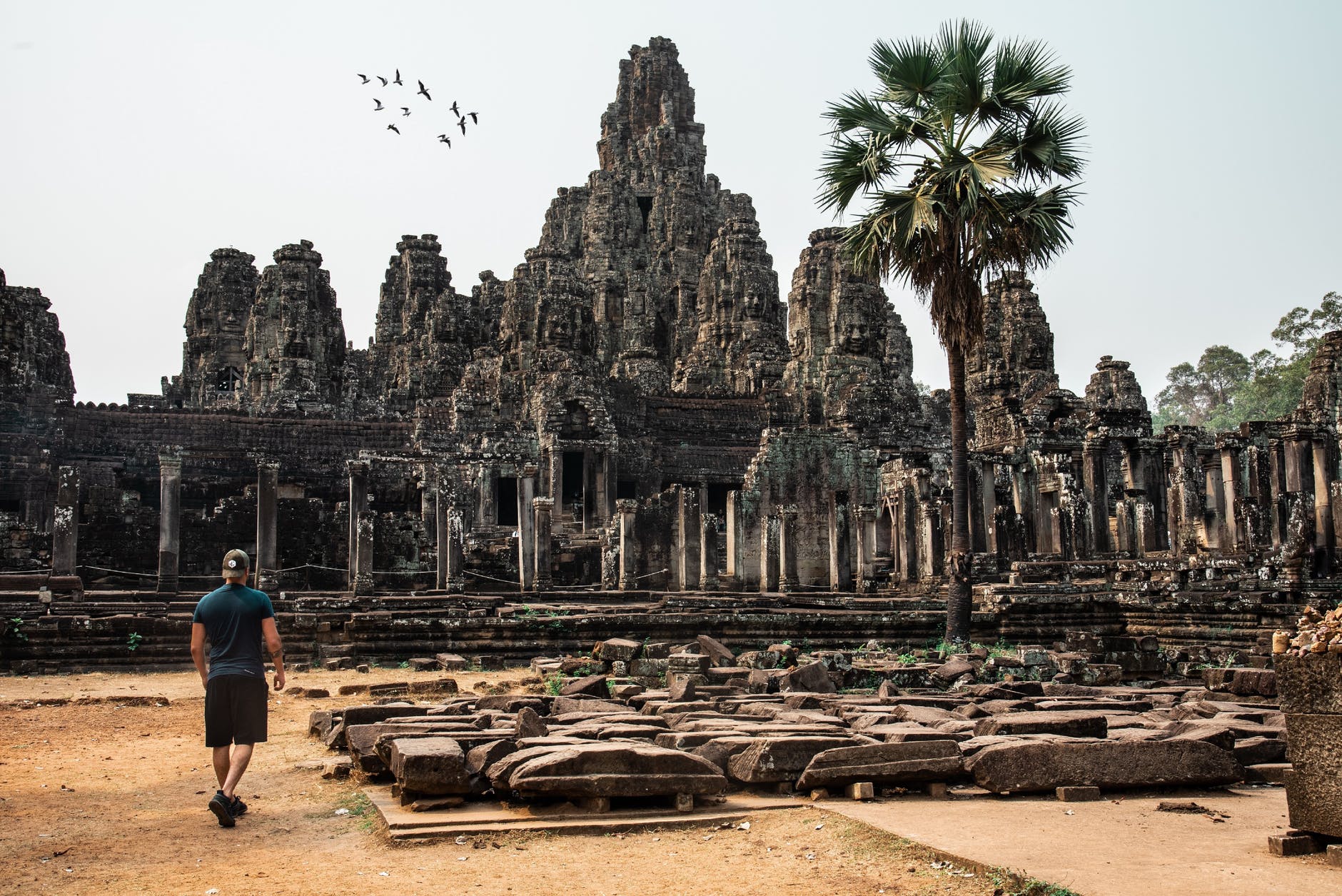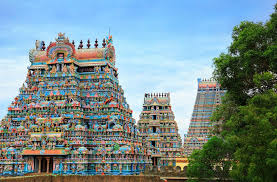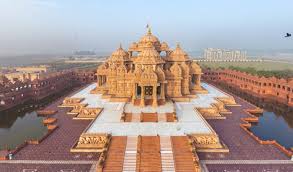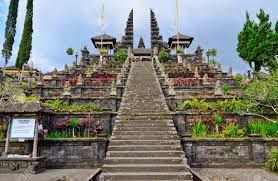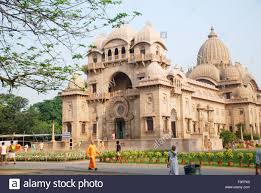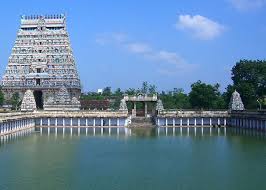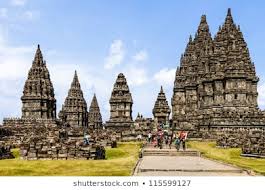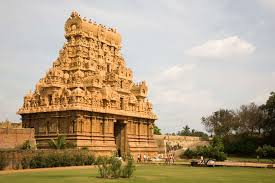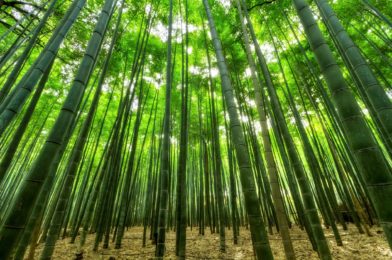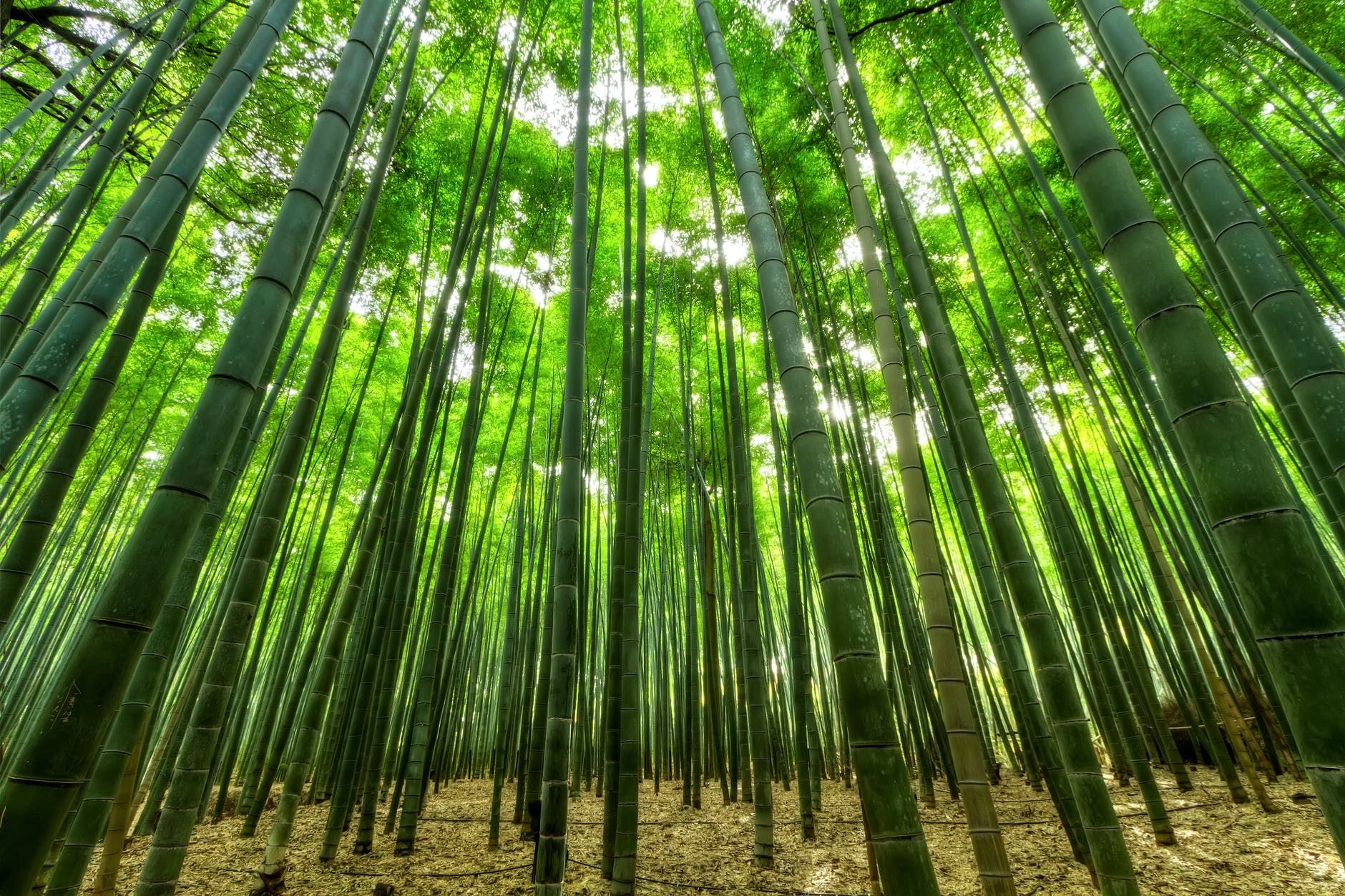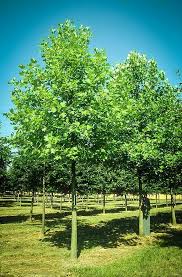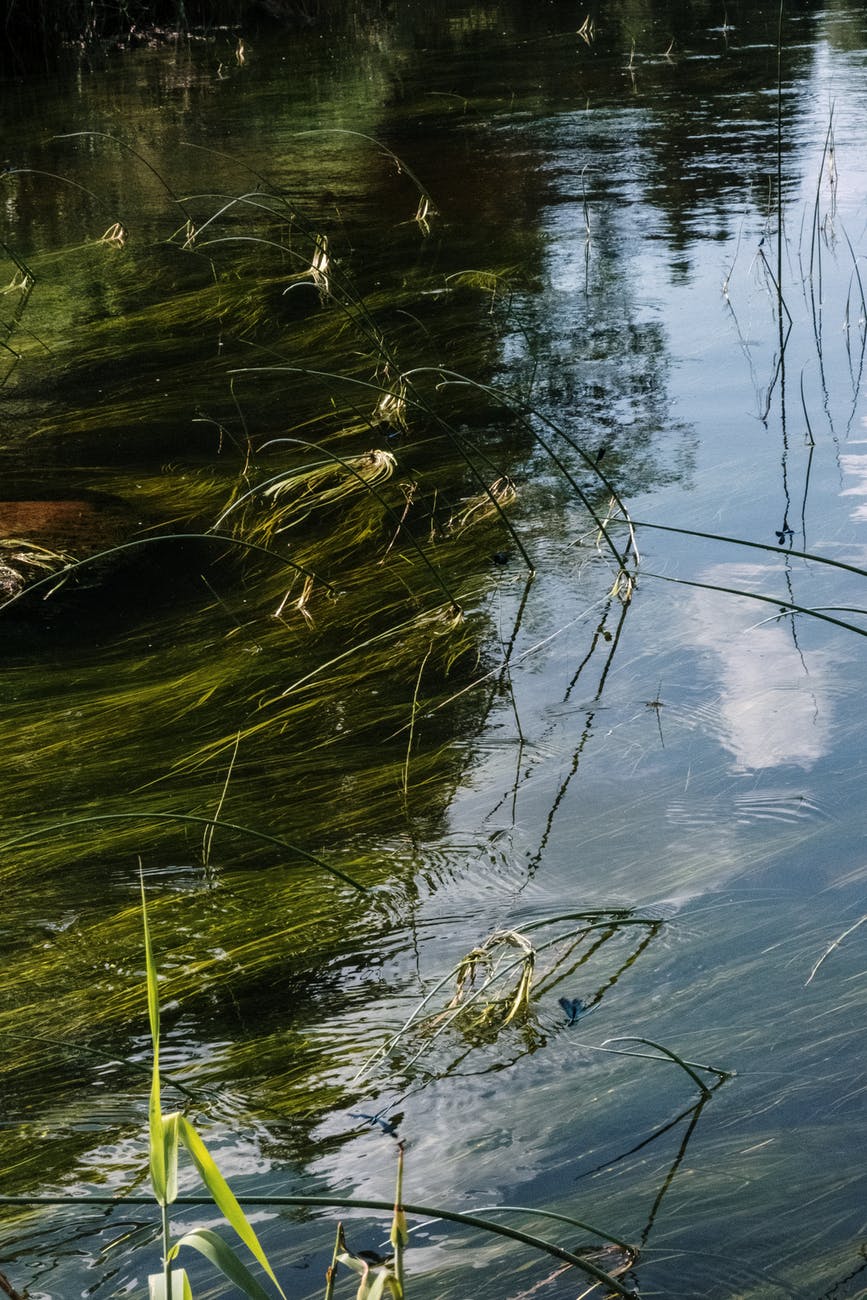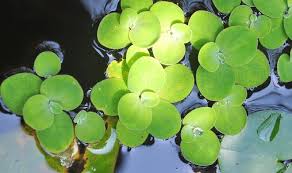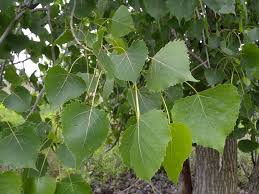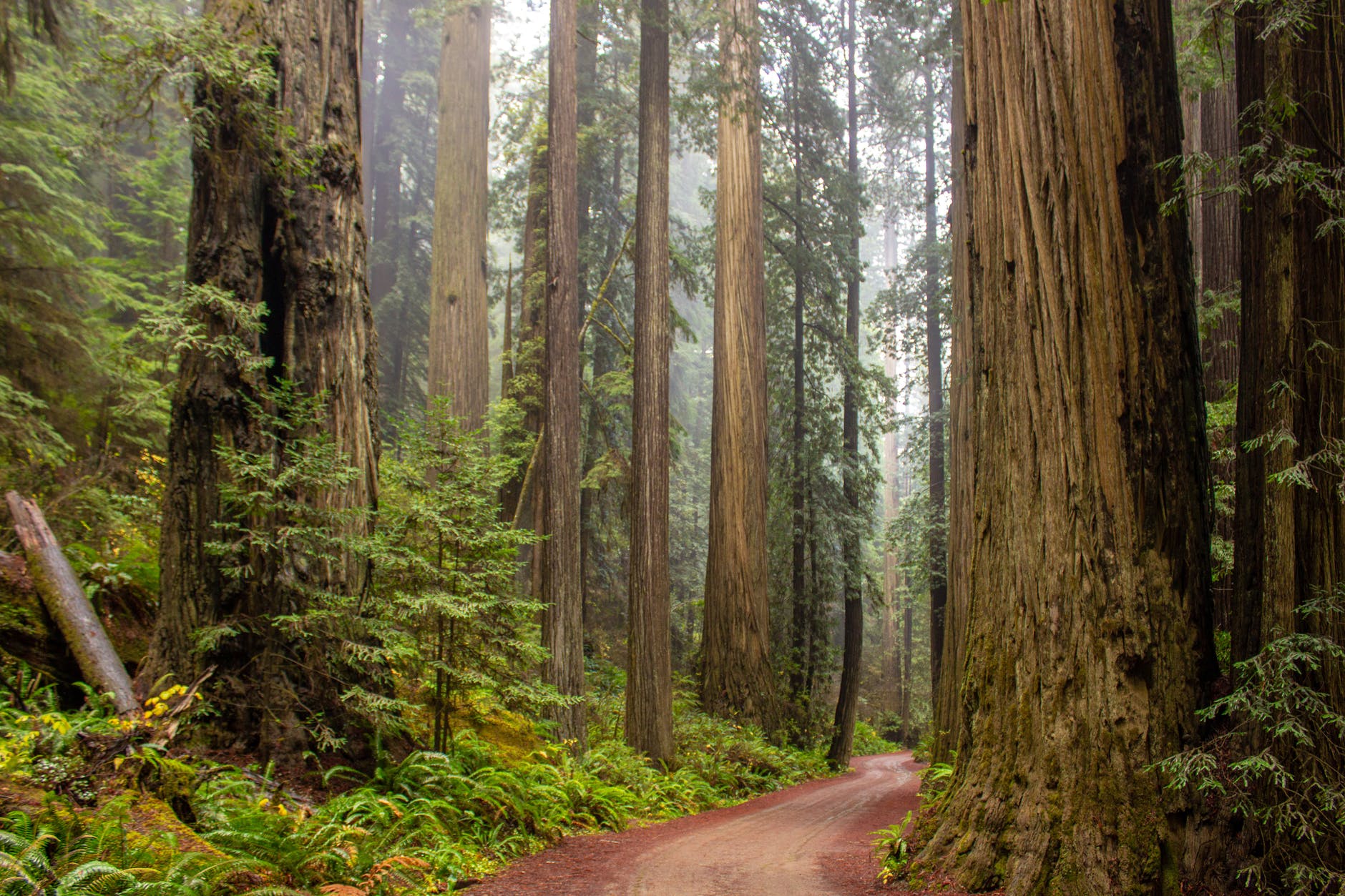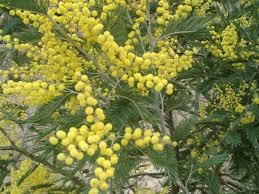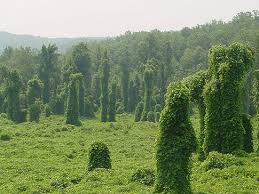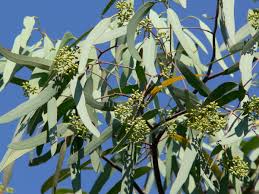A manufacturer is a person or company that produces finished goods from raw materials by using various tools, equipment, and processes, and then sells the goods to consumers, wholesalers, distributors, retailers, or to other manufacturers for the production of more complex goods. Manufacturers are considered a significant part of the economy. The typical manufacturer was a single skilled artisan with assistants. Each artisan kept the secrets of the production and transferred the knowledge only to apprentices. The Industrial Revolution was the introduction of new technologies that enabled the mechanization of production, which increased the volume of the goods produced. Technological advancements enable the mechanization of production processes, as well as improve overall efficiency and productivity. Great 10 Largest Manufacturing leading Companies in the World in the year 2020 based on the Revenue are as follows.
1.Volkswagen Group

Volkswagen is the first largest company in the world. It is German multinational automotive manufacturing company. The company has operations in approximately 153 countries and operates 100 production facilities across 27 countries. The Volkswagen Group brings in annual revenues of USD 282.9 billion. The company’s products offerings include automobiles, commercial vehicles, internal combustion engines, motorcycles, and turbomachinery. Volkswagen Group Headquarters is in Wolfsburg, Lower Saxony, Germany. This company designs, manufactures and distributes the products to passengers. In Volkswagen Group Number of Employees are 671,205. The Austrian automotive engineer Ferdinand Porsche, who was responsible for the original design of the car, was hired by the German Labour Front in 1934. It is founded by the German government on 28,May 1937 to mass-produce a low-priced “people’s car.”
Volkswagen was to manufacture the car which would become known as the Beetle. Volkswagen launched a new generation of front-wheel drive vehicles in the 1970s, including the Passat, Polo and Golf. Volkswagen acquired a controlling stake in SEAT in 1986, making it the first non-German marque of the company, and acquired control of Skoda in 1994, of Bentley, Lamborghini and Bugatti in 1998, Scania in 2008 and of Ducati, MAN and Porsche in 2012. It was the world’s largest automaker by sales in 2016, 2017, 2018 and 2019. Popular models of Volkswagen include Golf, Jetta, Passat, Atlas, and Tiguan. It sells passenger cars under the Audi, Bentley, Bugatti, Lamborghini, Porsche, SEAT, Skoda and Volkswagen marques. Volkswagen was operating a plant in Xinjiang at a loss in order to curry favor with the Chinese government to set up more lucrative plants in other parts of China. Other companies cut ties with China in the region after evidence emerged of human rights abused. However, Volkswagen was still operating a plant in the region as of 2020.
2.Toyota Group
Toyota Motor Corporation is a Japanese multinational automotive manufacturer headquartered in Toyota, Aichi, Japan. It was founded by Kiichiro Toyoda and incorporated on August 28, 1937. The brand power of Toyota Group has always been super strong and that’s why the company is the 2nd biggest manufacturing company in the world. It was the world’s first automobile manufacturer to produce more than 10 million vehicles per year. Toyota Group headquarters are in Toyota, Aichi, Japan. Toyota is the global market leader in sales of hybrid electric vehicles, and one of the largest companies to encourage the mass market adoption of hybrid vehicles across the globe.
Cumulative global sales of Toyota and Lexus hybrid passenger car models achieved the 15 million milestone in January 2020. Toyota Motor Corporation produces vehicles under five brands, including the Toyota brand, Hino, Lexus, Ranz, and Daihatsu. TMC is part of the Toyota Group, one of the largest conglomerates in the world. Toyota Group is a group of companies that have supplier, vendor and investment relationships with Toyota Industries and Toyota Motor vehicle manufacturing facilities. Toyota Group currently brings in annual revenues of USD 265.1 billion and it is making the company 2nd on the list of the largest manufacturing companies in the world. Toyota is listed on the London Stock Exchange, New York Stock Exchange and Tokyo Stock Exchange.
- Apple

Apple is a multinational technology company that is renowned in the world for its brand power. Aside from a very positive public perception, Apple is also a company that brings in some of the highest revenues and profits in the world. This company headquartered in Cupertino, California. Its hardware products include the iPhone smartphone, the iPad tablet computer, the Mac personal computer, the iPod portable media player, the Apple Watch smartwatch, the Apple TV digital media player, the AirPods wireless earbuds, the AirPods Max headphones, and the HomePod smart speaker line. Founders Steve Jobs and Steve Wozniak created Apple computer on April 1, 1976. Apple’s annual revenue in 2019 was USD 260.2 billion. Apple is so successful, it has twice the amount of money than the U.S. Treasury.
Apple scored big time with the iPod. Apple was founded by Steve Jobs, Steve Wozniak, and Ronald Wayne, and currently operates more than 500 retail stores worldwide. It creates consumer electronics, personal computers, servers, and computer software, and is a digital distributor of media content. As the market for personal computers expanded and evolved through the 1990s. Apple employs more people than a good sized city. Apple employs over 90,000 people. However, millions more make money from Apple. Apple’s first company logo featured a drawing of the father of physics, Sir Isaac Newton. Apple was the first to make a digital color camera. At present, It is the largest publicly traded company in the United States. It is the 3rd in the list of the largest manufacturing companies in the world.
- Samsung Electronics

Samsung Electronics is a South Korean multinational electronics company headquartered in Suwon, South Korea and 4th on list of the top manufacturing companies in the world. The company is known for its consumer electronics and electronic components including semiconductors, batteries, chips, flash memory, and more that it manufactures for major clients such as Sony, Apple, HTC and more. Samsung was founded in 1969 and brings in annual revenues of USD 221.6 billion. The company’s combined efforts employ over 489,000 people, across 80 different countries, including Korea. Samsung is way more than just an electronics and mobile producer. The Samsung Group has 59 unlisted companies and 19 listed, all with their primary listings on the Korea exchange.
The Samsung Group is a big part of South Korea’s GDP. On the Korean Stock Exchange, over 20 percent of its market value is based on various Samsung Group companies. Samsung’s electronic ambitions began in 1970 with a black and white TV. The first electronics product ever produced by Samsung was a black and white TV in 1970. Samsung may not be the first to make a smartphone, but it was one of the first players to truly get aggressive about the market, introducing the first “PDA phone” with a color display in the U.S. market in 2001; name is SPH-i300. The top selling Samsung mobile phone is the E1100. Notable Samsung industrial affiliates include Samsung Electronics, Samsung Heavy Industries and Samsung Engineering and Samsung C&T Corporation Other notable subsidiaries include Samsung Life Insurance Samsung Everland and Cheil Worldwide.
- Daimler Group
Daimler AG is a German multinational automotive corporation, headquartered in Stuttgart, Germany that specializes in manufacturing automotive products and parts. It is one of the world’s leading car and truck manufacturers. Daimler-Benz was formed with the merger of Benz & Cie. and Daimler Motoren Gesellschaft in 1926. This company brings in current annual revenues of USD 185.2 billion. Daimler owned or had shares in a number of car, bus, truck and motorcycle brands including Mercedes-Benz, Mercedes-AMG, Smart Automobile, Detroit Diesel, Freightliner, Western Star, Thomas Built Buses, Setra, BharatBenz, Mitsubishi Fuso, MV Agusta as well as shares in Denza, KAMAZ and BAIC Motor.
Daimler provides financial services through its Daimler Financial Services arm. Daimler manufactures commercial vehicles under brands such as Freightliner, Sterling, Western Star, Setra, Thomas Built Buses, Orion, and Fuso. Daimler designed a series of gasoline-powered engines in 1883 and received a German patent on a three-wheeled gasoline-powered vehicle in 1885. The first Daimler-produced luxury car was sold to the sultan of Morocco in 1889. The Benz company produced trucks as well as autos. Benz began producing trucks with fuel-saving diesel engines, which sprayed fuel oil into the combustion chamber under high pressure. With its divisions Mercedes-Benz Cars, Daimler Trucks, Mercedes-Benz Vans, Daimler Buses, and Daimler Financial Services, the Daimler Group is one of the biggest producers of premium cars and the world’s biggest manufacturer of commercial.
- General Motors

General Motors is the American multinational corporation headquartered in Detroit. It is commonly abbreviated as GM has a long history that begins in 1908 by By William C. Durant. Durant was a carriage maker who used to run his own company, Durant-Dort Carriage Co. His company was the biggest carriage maker in the world at the time when he finally decided to create General Motors. GM was responsible for creating the Lunar Roving Vehicle. Motors was then Buick’s holding company. Durant attempted to buy out rival carmaker Ford in 1907. Another first from Ford is the “hybrid” car, a car that runs on a traditional gasoline motor and an electric motor. Gm was the First Car Manufacturer to install turn signals inside their Cars. GM was the first to invent electric fuel invention, in 1979.
General Motors brings in annual revenues of USD 137.2 billion. This company also designs and distributes vehicle parts and sells financial service. Currently, GM produces vehicles in more than 37 countries across the globe. General Motors Corporation pens the mark of excellence in 1964. They Have Sold Many Auto Brands Throughout Their History. They Are Implementing Environmental Initiatives like they produced their first full-sized hybrid electric pickups in 2004.The company began developing all-electric cars during the 1990s. They have become known for their philanthropy and have donated millions of dollars to charity. One of the main causes they support is the Nature Conservancy. GM have Links to Medical Science Research.
- Ford Motor Company

Ford Motor Company is an American multinational automobile manufacturer that has its main headquarters in Dearborn, Michigan. The company was founded in 1903 and brings in annual revenues of USD 155.9 billion. It is one of the 10 largest manufacturing companies in the world. Ford F-Series has been consistently ranked as the number 1 selling car in America so far in 2013. Ford is the second largest family owned company in the world. Ford has had manufacturing operations worldwide, including in the United States, Canada, Mexico, China, India, the United Kingdom, Germany, Turkey, Brazil, Argentina, Australia, and South Africa. Henry Ford’s great grandson, William Clay Ford, Jr. currently resides as the company’s executive chairman. In 1919 the company was reincorporated, with Ford, his wife, Clara, and his son, Edsel, acquiring full ownership. The American automaker has been around for over 116 years, creating some of the most iconic cars, beating the indispensable Ferrari at Le Mans, and even building airplanes. In 1966, when Ford entered the race with its GT40, it won the title to end Ferrari’s six-year win streak.
The company sells automobiles and commercial vehicles under the Ford brand, and most luxury cars under the Lincoln brand. The company is listed on the New York Stock Exchange and is controlled by the Ford family. In 2008, Ford produced more than 5.532 million automobiles. Ford also has a cooperative agreement with Russian automaker GAZ. The Ford Motor Company has a history that spans 115 years. It is recognized by people all around the world. Edison Illuminating Company became intrigued by gasoline-powered vehicles and was working on his dream of creating a horseless carriage. Henry Ford attempted to create a small “utopian”-type village in the Amazonian jungle of Brazil in 1928. Ford was the type of man who was always into inventing and expanding his reach, and he ultimately held 161 different patents in his life. There are a limited number of Ford GTs built every year, and no regular joe can go out and just buy one.
- Hon Hai Precision Industry

8th on this list is Taiwanese multinational electronics contract manufacturer, Hon Hai Precision Industry, also known as Foxconn. This company’s headquarters are in Tucheng District, New Taipei and is known for manufacturing electronic components, PCBs, PCB components, computer chips for its clients from all over the world. It was founded in on February 20, 1974 and brings in annual revenues of USD 154.7 billion. It employs more than 1 million workers in China, its main production base. The company produces smartphones, tablet computers and television sets for clients from around the world. It made a full-scale move into contract manufacturing in the 1990s. Business ties with Apple deepened in the 2000s.
Hon Hai is looked to relocate some production to India and Southeast Asian countries because of rising labor costs in China. Hon Hai Precision Industry Co., Ltd. engages in the design, development and manufacturing of nanotechnology, heat transfer, wireless connectivity and material sciences products. Its products include cables, connectors, and personal computer components. The company was founded by Terry Gou. It’s a supplier for Apple, Amazon, Xiaomi, and Sony’s Playstation. At a time when the smartphone market is reaching saturation, Foxconn is planning to invest in electric vehicles, robotics, digital health, and artificial intelligence as part of its “Foxconn 3.0 vision.”
- Honda

Honda Motor Company is 9th on this list of largest manufacturing companies by revenue. Honda is a Japanese public multinational conglomerate corporation primarily known as a manufacturer of automobiles, motorcycles, and power equipment. The company was founded in Hamamatsu, Japan in 1946. Honda’s other manufacturing divisions include Acura, Honda Aircraft Company, Honda Automobiles, and Honda Motorcycles. Honda Motor Company became the world’s largest motorcycle manufacturer in 1964. The 1982 model was produced in Honda’s Marysville, Ohio plant. It involved in the manufacturing of other products like watercraft, ATVs, aircraft, mountain bikes, lawn equipment, and solar cells. They even created a humanoid robot called ASIMO.
Honda is the largest engine manufacturer in the world, It makes over 14 million engines a year. HA-420 HondaJet is powered by Honda engines. Honda made the first four-wheel drive car, It was the 1987 Honda Prelude. Joe drove his 1997 Honda Accord reached over one million miles. The Honda Acura is the first Japanese automotive luxury brand in America in 1986. Honda Headquarters is in Minato, Tokyo, Japan. It is reaching a production of 400 million by the end of 2019 and it is producing more than 14 million internal combustion engines each year. Honda has two joint-ventures in China: Dongfeng Honda and Guangqi Honda. Number of Employeesof Honda are 215,638. Honda started by manufacturing motorized bicycles. It produces many of its vehicles right here in the United States.
- Cardinal Health

Cardinal Health is an American multinational health care services company. It was founded in the year 1971. Cardinal Health brand portfolio is a comprehensive offering of clinician-preference, cost-efficient products, and physician-preferred items with low clinical differentiation, helping providers improve the bottom line while delivering high-quality care. It is also serving more than 100,000 locations. It operates the largest network of radiopharmacies in the U.S. The company specializes in manufacturing medical and pharmaceutical products and brought in USD 136.8 billion in revenue last year.
Cardinal Health’s current headquarters are in Dublin, Ohio, U.S. It connects patients, providers, payers, pharmacists and manufacturers for integrated care coordination and better patient management. It provides medical products to over 75 percent of hospitals in the United States. The Cardinal Health Foundation is the charitable arm of Cardinal Health. The company makes annual product donations of over $9 million through international relief organizations and provides up to $1,000 in matching funds for every Cardinal Health employee that makes a charitable donation. Cardinal Health was named Benefactor of the Year at the 2011 Corporate Caring Awards.

